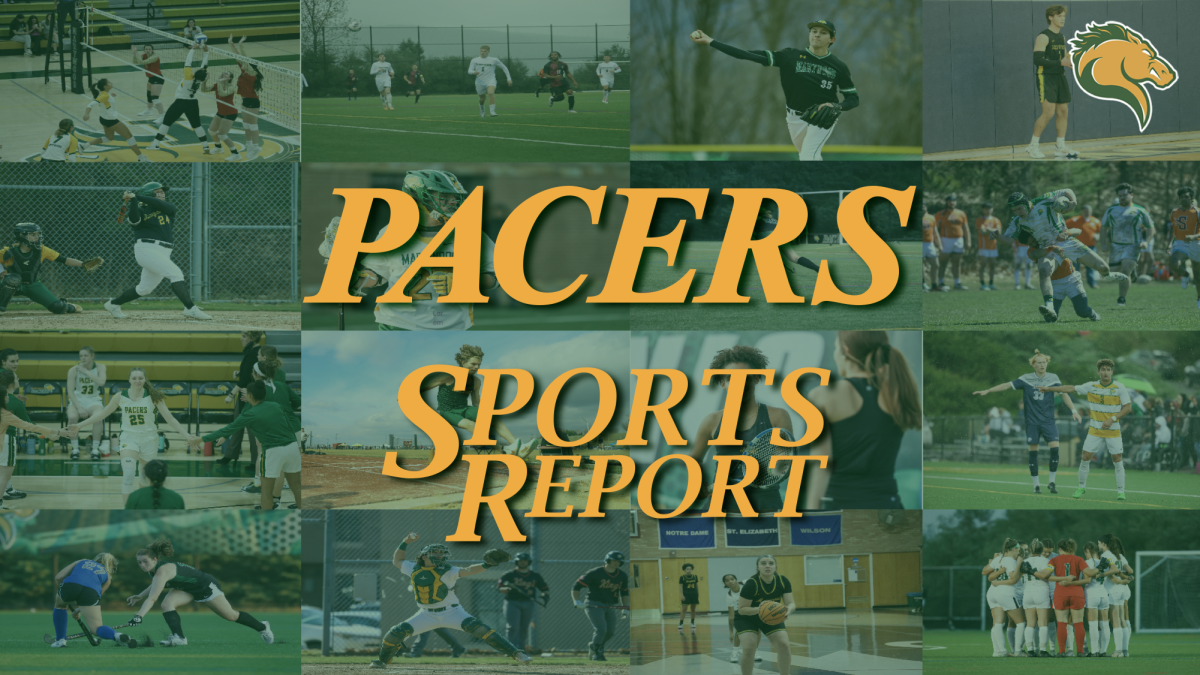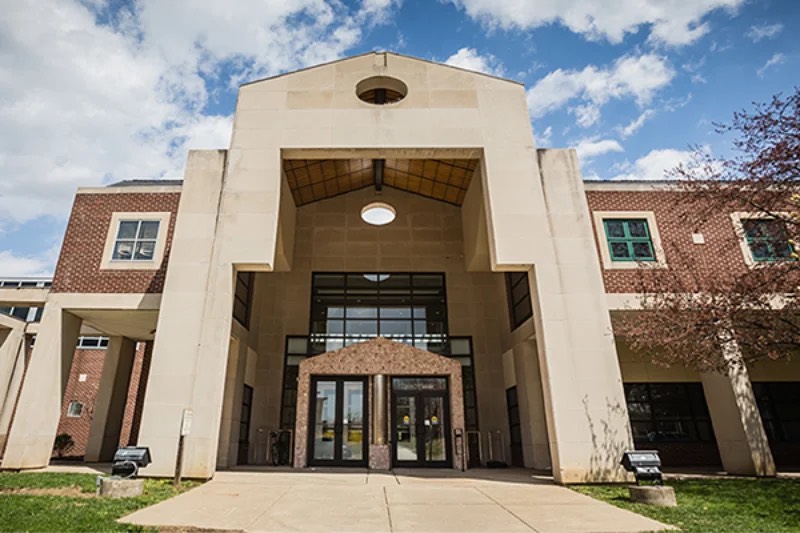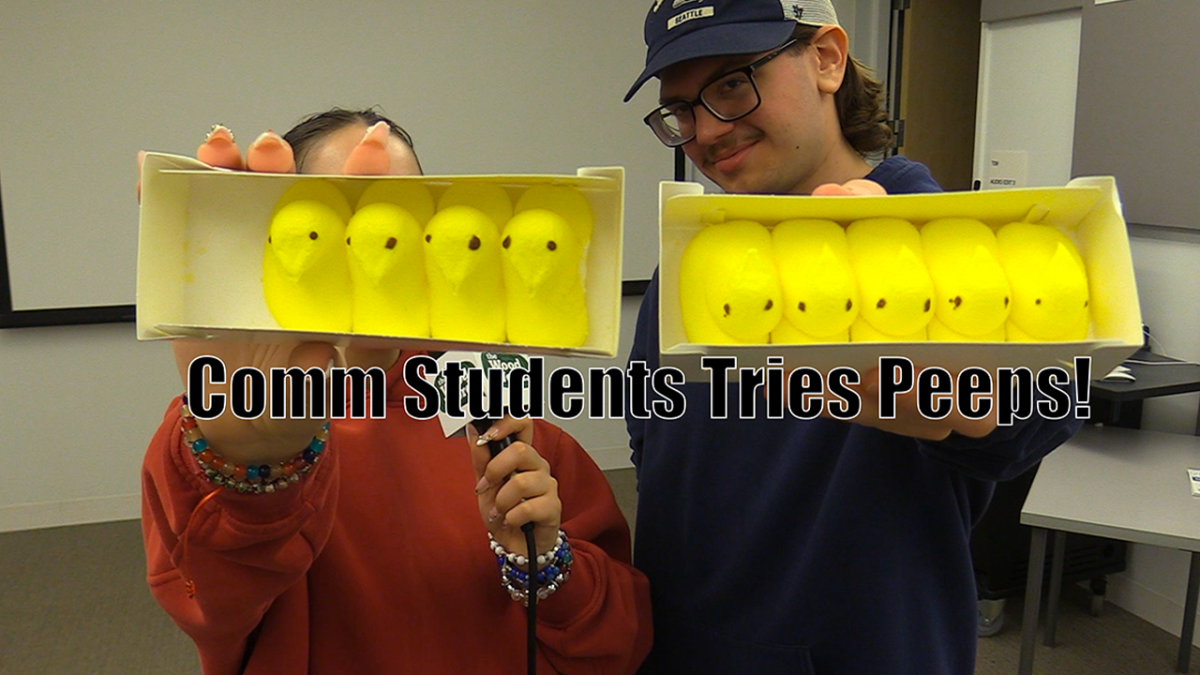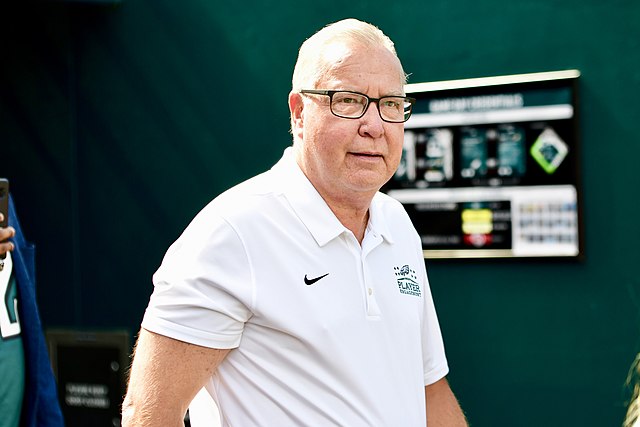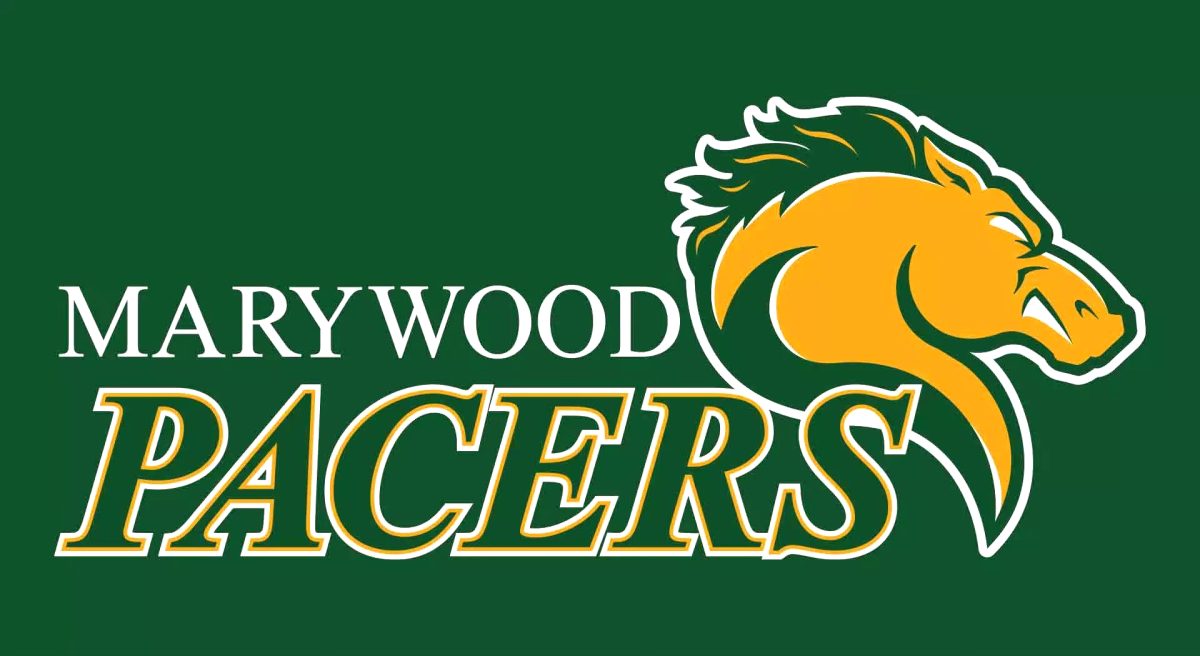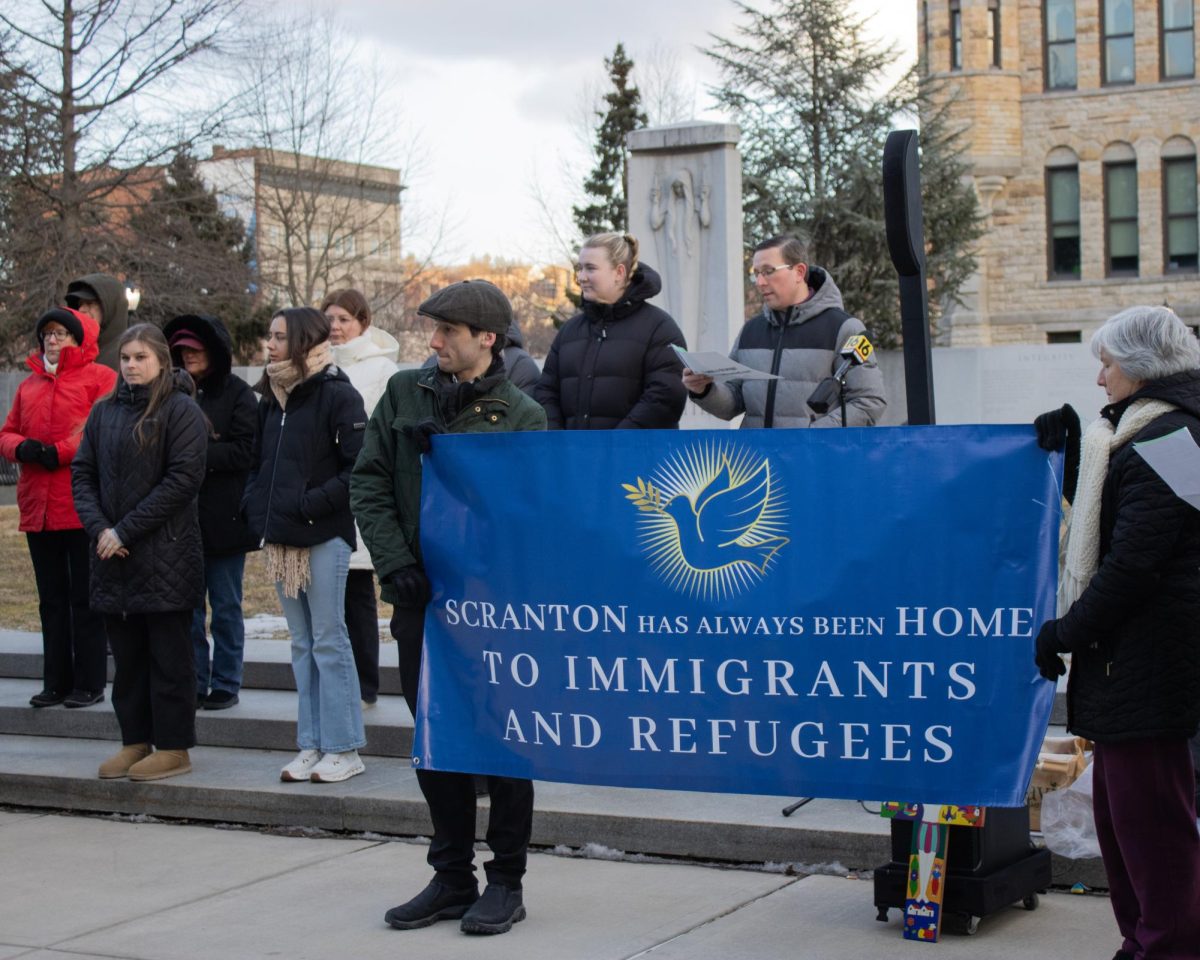Provost Dr. Susan Turell recently approved major changes to Marywood’s core curriculum.
After the implementation of the Strategic Resource Allocation (SRA) report in 2016, the Core Curriculum Revision Task Force completed an in-depth study of the core curriculum from January 2017 to December 2017.
The task force presented the proposed core curriculum model at forums with faculty last semester. The Student Government Association (SGA) also hosted a town hall with students.
Sixty percent of the undergraduate faculty voted in favor of the new curriculum model, according to Core Curriculum Committee Co-Chair and Associate Professor of English Dr. Helen Bittel. Turell said they received a response rate of 50 percent from the undergraduate faculty.
Based on this, the Undergraduate Core Curriculum Committee approved the model and passed the final decision to Turell on Feb. 2.
Marywood President Sr. Mary Persico, IHM, Ed.D said she is amazed with the speed at which the core curriculum passed.
“I know in other universities, this is something that’s very relevant and timely and speaking with other university administrators, I’ve learned from them that they’ve been in this exercise for sometimes three years,” she said.
She said she believes the task force did a “phenomenal” job of researching and vetting the curriculum model across campus.
“I’m thrilled and looking forward to what it’s going to do for our learning outcomes and our future students, and how they integrate the kinds of things they learn in the general curriculum with their own majors and areas of interest,” Persico said.
The revised core curriculum will go into effect for students entering the university in fall of 2019.
The new core curriculum includes four foundational “linked courses” in religious studies, philosophy, history and English, totaling 12 credits.
Turell said ways the courses will be linked aren’t certain, but they definitely will be linked by “student learning outcomes,” or the skills and knowledge the university wants students to have before they graduate.
“We’re going to want students by the end of those four courses to be able to know and do certain things at a beginning level,” she said.
Students will also take 24-credit “threads” centered around a central theme. Within the threads, eight courses in the areas of science, social science, history, art, philosophy, religious studies, literature and a course of their choice are required, as well as a three-credit core capstone.
Another option for students will be two 12-credit threads, she said. Also, there will still be flexibility for students who wish to double major, double minor or change their track of study. How threads fit with minors will also be considered, she said.
“We’re trying to keep it flexible so that students can fit it in, and we’re hoping they’ll pick a thread that actually enhances their major,” she said.
The task force also changed the required number of credits in math and foreign language. Students will need zero to three credits in math and zero to nine credits in foreign language.
The “zero credits” applies to students who are able to place out.
“The nine [credits] is a place-saver for those students that are starting from scratch. By the end of those nine credits, what you all are going to get is the competence to communicate in a language that’s related to your generic field,” she said.
Turell said the minimum number of credits needed to graduate will remain at 120. However, instead of the current 43 to 46 credits required in the core, students will need 39 to 51 credits in the core.
Various subcommittees will flesh out the logistics of the new curriculum, including subcommittees for first-year linked courses, high-impact practices (HIPs) immersion, transfer students, assessment/student learning outcomes (SLOs), threads and the core capstone.
The Undergraduate Core Curriculum Committee invited faculty to join subcommittees, and Turell said she plans to invite students to join as well so their voices can be heard.
Turell also said individual departments may need to look at modifying their degrees to ensure the new core model fits their curriculum. Faculty may need to shift some of their courses, teach different courses or teach current courses differently.
“I think that for many faculty who choose to be a part of this, they’re going to find it very invigorating. They’re going to get to teach in very intentional ways with their colleagues in order to really pull together this learning for students,” she said.
On the administrative level, Turell said a plan will be developed as the new core is implemented to measure what students have learned through the new core when they graduate.
“Nobody is going to be forced to do this,” she added. “We’re hoping to invite faculty in and give them the support to do it well.”
Turell said her first thought when the new curriculum passed was how “delighted” she felt for Marywood’s students.
“I think this is really cutting-edge curricula and it really will enhance students’ learning,” she said.
Follow The Wood Word for more updates on the new core curriculum.
Contact the writer: [email protected]
Twitter: @BWilliamsTWW






